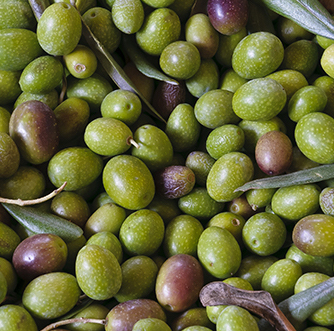
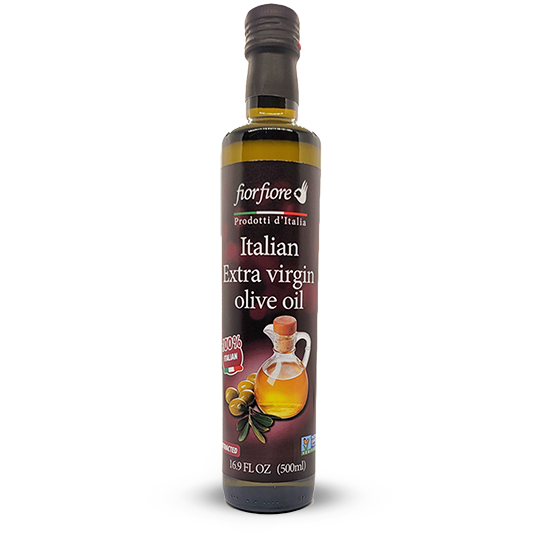

Extra Virgin Olive Oil
Extra virgin olive oil is the best oil in Italy. The cultivation of olive groves, harvesting, processing and bottling are subject to strict controls to keep the organoleptic and nutritional properties of 100% Italian olives intact. Immerse yourself in the slightly veiled green colour, in the harmonious, sweet and delicate taste on the palate and discover the difference.
The Art and Joy of Italian Olive Oil
- FiorFiore Extra Virgin Olive Oil is born from centuries-old traditions, beginning with hand harvesting that protects the trees and transforms the countryside into a lively celebration of nets, ladders, and shared meals.
- Whether gently stripping olives by hand, tapping branches so fruit falls onto nets, or combing them with small rakes, each method preserves the fruit’s integrity. The freshly picked olives are then cold-pressed below 27 °C—without heat or chemicals—to retain antioxidants, vitamins, and the rich, balanced flavor that defines true extra virgin quality.
- Fun fact: it takes roughly five kilograms of olives to produce just one liter of extra virgin olive oil, making every golden drop a precious taste of Italy’s harvest.
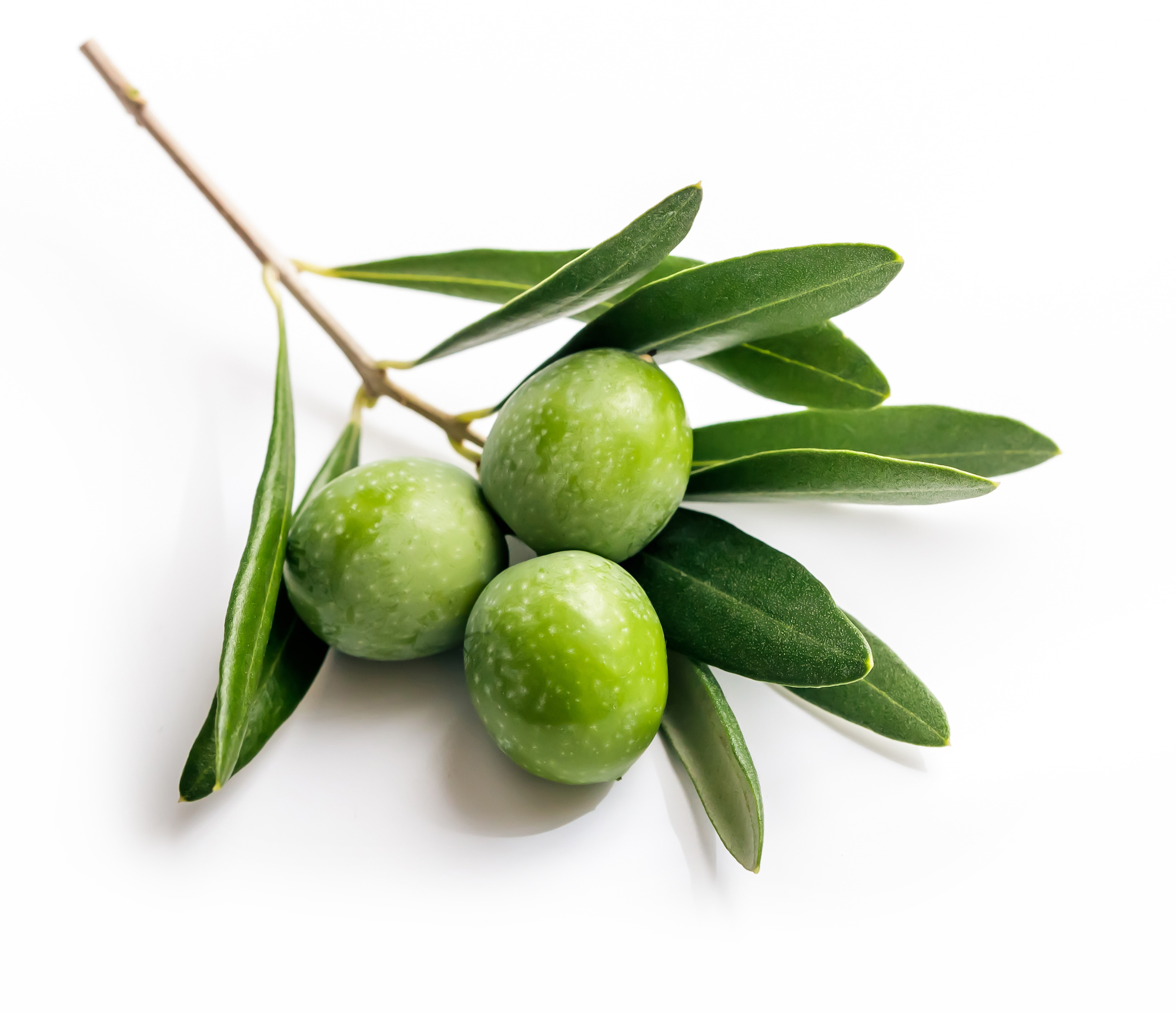
Ingredients
Extra Virgin Olive Oil 100% Italian origin.
Preparation
Ready to use.
| Nutrition Facts | Per 1 tbsp (15ml) | %Daily Value* | Read more | |
|---|---|---|---|---|
| Calories | 120 | |||
| Fat | 14g | 18% | ||
| Saturated | 2g | 10% | ||
| Trans | 0.1g | 10% | ||
| Carbohydrate | 0g | |||
| Fibre | 0g | 0% | ||
| Sugars | 0g | 0% | ||
| Protein | 0g | 0% | ||
| Cholesterol | 0mg | 0% | ||
| Sodium | 0mg | 0% | ||
| Potassium | 0mg | 0% | ||
| Calcium | 0mg | 0% | ||
| Iron | 0mg | 0% |
*5% or less is a little, 15% or more is a lot.
Recipes
EXTRA VIRGIN OLIVE OIL FROM UMBRIA
In Italian cooking, oil is widely used in most dishes. If the oil is good it enhances the flavor of the food. If it is bad it can destroy the dish. So it is very important to know the origin and quality of the extra virgin olive oil. In Italy, the production of extra virgin olive oil is widespread throughout the country: 18 regions out of 20 produce high quality EVO, each with its specific characteristics that also vary from area to area within the same region. Umbria is one of the regions where the tradition of extra virgin olive oil is the strongest.
There are in fact 5 areas, each of which has different olive varieties and climates, which are reflected in the organoleptic characteristics of the final product: Colli Amerini and Valnerina to the south, Colli di Assisi and Spoleto, in the east, Colli Martani in the center of the region, Colli Orvietani to the west and Colli del Trasimeno to the north. Each area, despite its specific differences, has a common denominator: the climatic conditions of Umbria which allow very slow maturation of the olives and that give the olives a very low acidity level. Furthermore, having such a long lasting tradition, Umbrian producers have handed down the secrets that make their oil so special, for many generations, including the collection of the fruit by hand at the beginning of ripening, and not at the end. In this way the olives have low acidity and an intense fruity taste. In addition, the olives are sent immediately to the mill without waiting for the end of the harvest, so the freshness is maintained. The Umbrian olive production is also distinguished by the freshness of the olives when pressed.
This is because they are immediately sent to the mill, without waiting for the end of the entire harvest. Because of these characteristics, Umbria's extra virgin olive oil goes well with simple but tasty foods. To better appreciate the aroma and flavor of the product, the oil should have a temperature of about 28 °.
Perugia, Umbrian
Submit your review | |
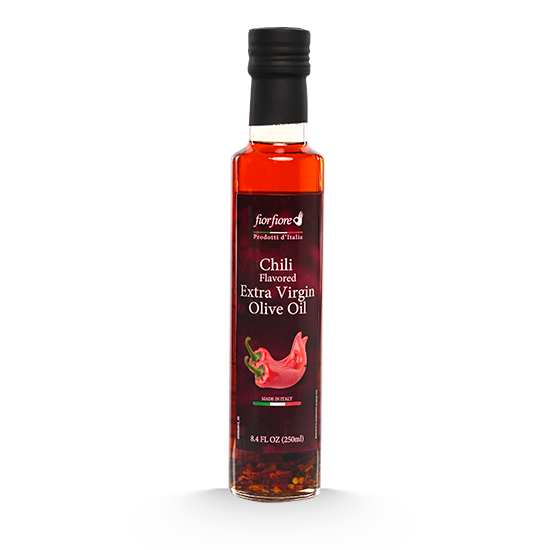
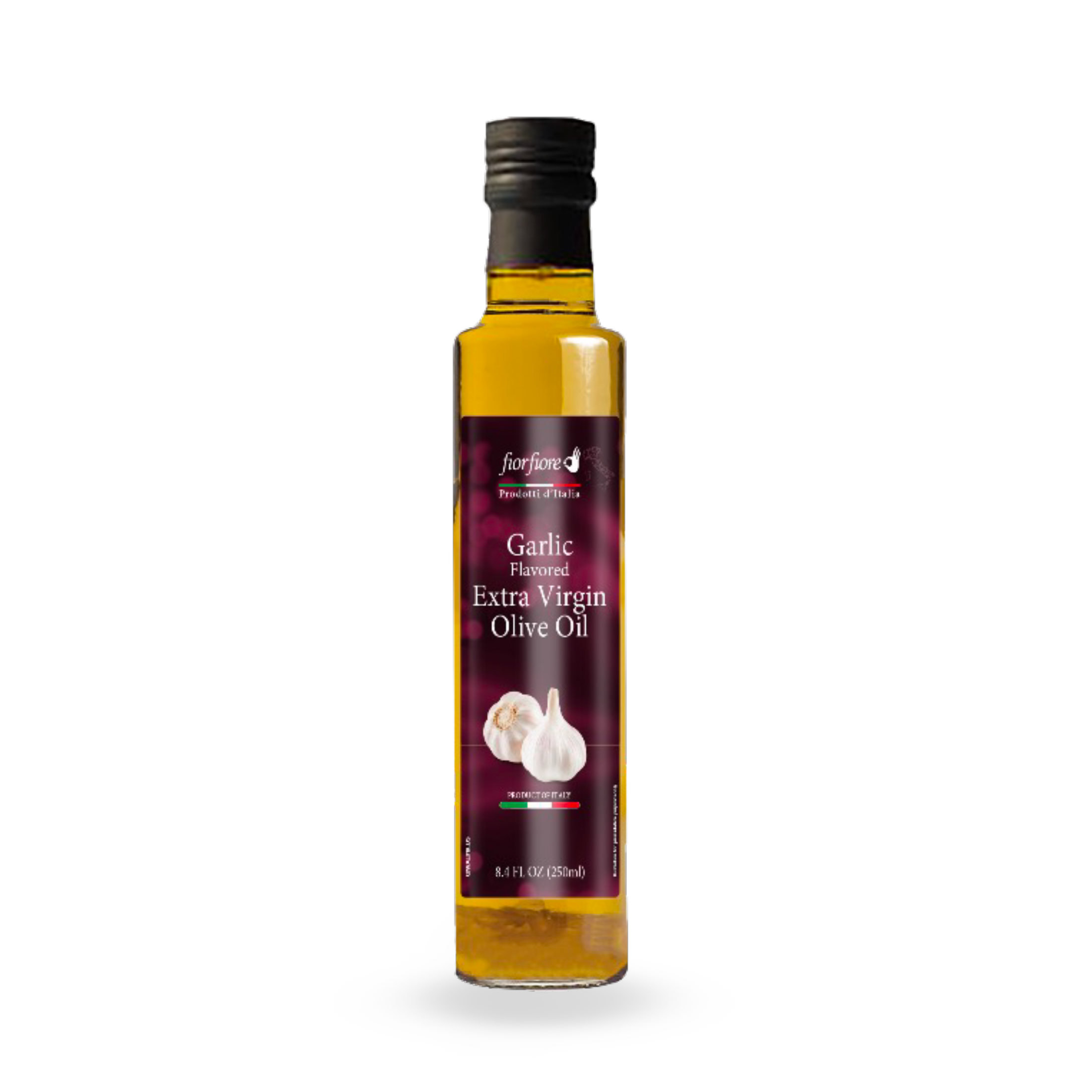
 FiorFiore USA
FiorFiore USA